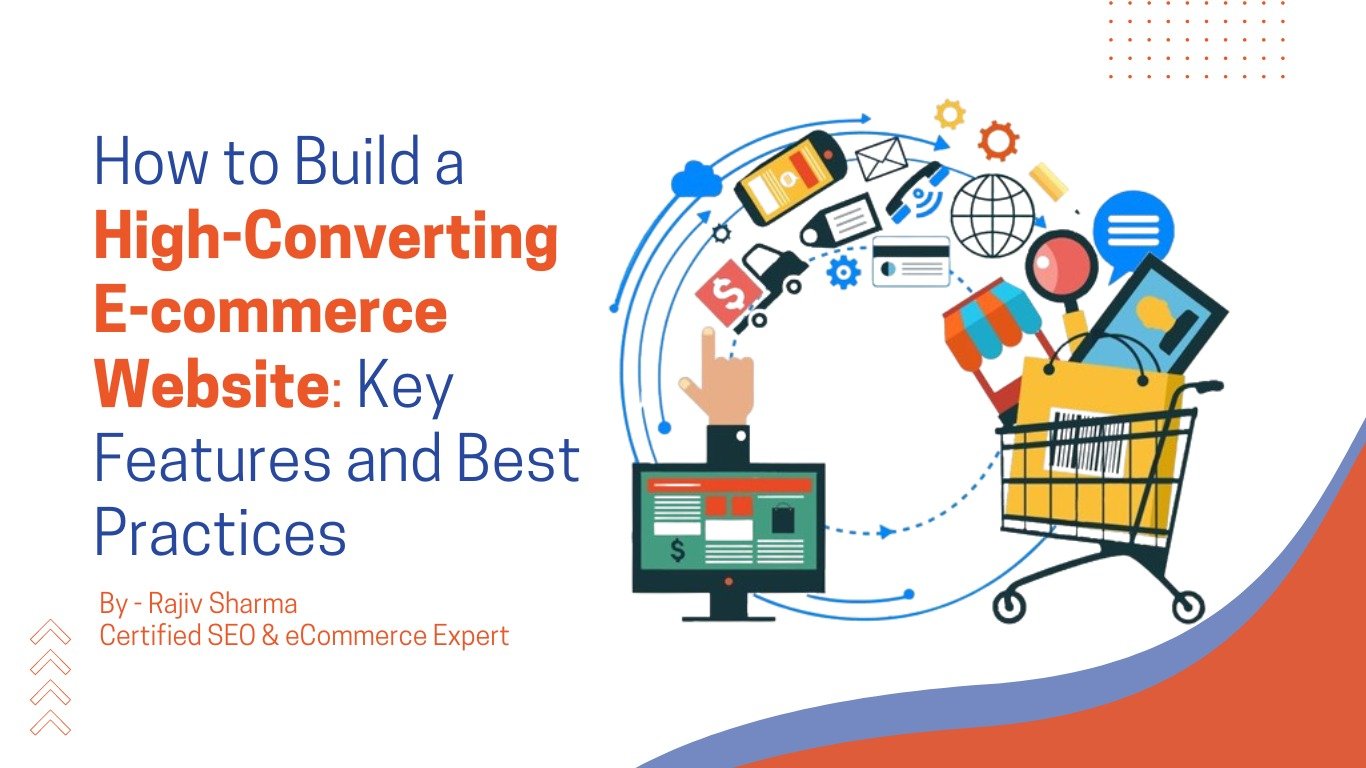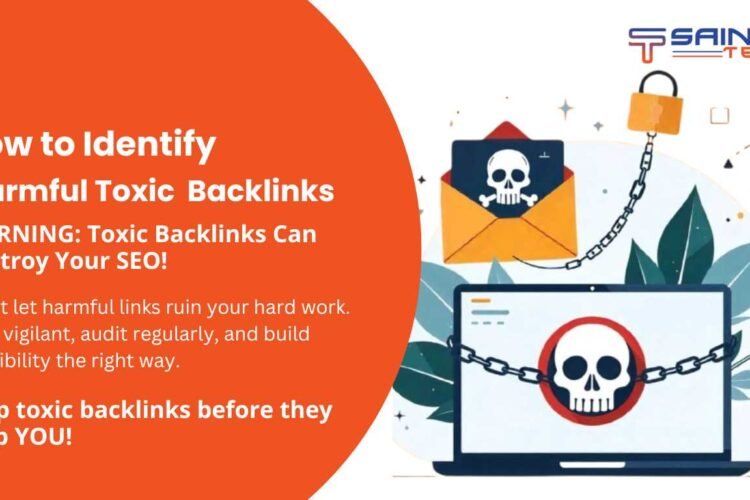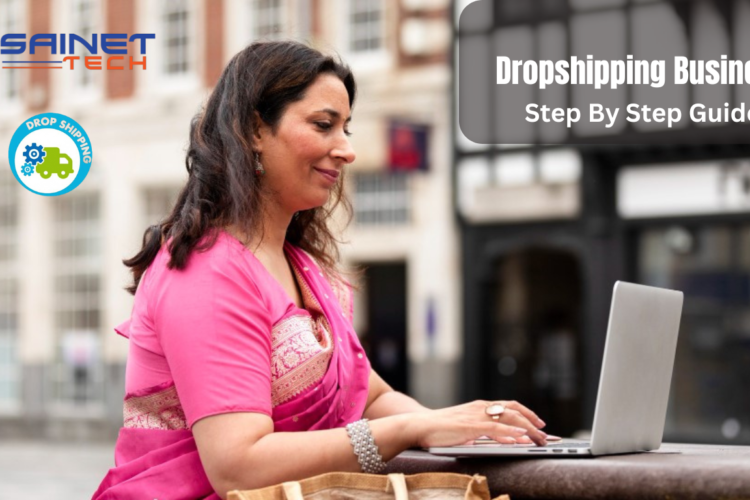
In today’s fast-paced digital market, when consumers have an array of options at their fingertips, developing a high-converting e-commerce website is critical for business success. A well-designed and optimized e-commerce platform not only attracts visitors but also encourages them to make purchases, resulting in increased revenue and growth. In this article, we’ll explore the key features and best practices that can help you build a high-converting e-commerce website, in this article we will study about easy practices to make your existing website or new website as a high-converting ecommerce website with easy Search Engine Optimisation techniques.
1. Website must be user friendly and easy to navigate (good user experience)
At the heart of a high-converting e-commerce website is an exceptional user experience (UX). When visitors land on your site, they should be able to navigate it effortlessly, find what they are looking for quickly, and complete transactions without any friction. To achieve this, consider the following UX principles:
- Easy Navigation: Your website’s navigation should be simple and intuitive. Use clear labels for categories, subcategories, and product pages. Implement a search bar with advanced filtering options to help users find products easily.
- Responsive Design / Mobile Friendly: With the increasing use of mobile devices for online shopping, your e-commerce website must be fully responsive. A mobile-friendly design ensures that your site looks and functions well on all devices, providing a seamless experience for users.
- Must be fast loading: Page speed is a critical factor in user experience. Slow-loading pages can frustrate users and lead to high bounce rates. Optimize images, leverage browser caching, and use content delivery networks (CDNs) to improve loading times.
- Clear Call-to-Actions (CTAs): CTAs guide users towards desired actions, such as adding products to their cart or proceeding to checkout. Use visually distinct and compelling CTAs to encourage conversions.
2. Good looking, clean website generate more business
The visual design of your e-commerce website plays a significant role in creating a lasting impression on visitors. A well-designed site not only looks professional but also instills trust and credibility in your brand. Key design elements to consider include:
- Consistent Branding: Your e-commerce website should reflect your brand’s identity consistently across all pages. Use your brand’s colors, fonts, and logo to create a cohesive look that resonates with your target audience.
- High-Quality Imagery: Product images are often the deciding factor in a customer’s purchase decision. Invest in high-quality, clear, and well-lit images that showcase your products from multiple angles. Including zoom functionality can also enhance the shopping experience.
- Whitespace Utilization: Effective use of whitespace (the empty space between elements) can make your website feel clean and organized. It allows important content, such as product descriptions and CTAs, to stand out.
- Typography: Choose fonts that are easy to read and align with your brand’s personality. Use a consistent font hierarchy to differentiate headings, subheadings, and body text.
3. Product Pages must contain all the information along with clear multiple images
Product pages are the focal point of your e-commerce website, where users decide whether to make a purchase. To maximize conversions, your product pages should be informative, engaging, and persuasive:
- Detailed Product Descriptions: Provide comprehensive and accurate descriptions of your products. Highlight key features, benefits, and specifications. Use bullet points and short paragraphs to make the content scannable.
- Customer Reviews and Ratings: Social proof is a powerful conversion driver. Incorporate customer reviews and ratings on product pages to build trust and credibility. Consider displaying user-generated content, such as photos and testimonials, to further enhance authenticity.
- Pricing Transparency: Clearly display the price of the product, including any discounts or promotions. Avoid hidden costs that may deter customers at checkout.
- Stock Availability: Indicate the availability of products in real-time. If a product is out of stock, offer the option to be notified when it becomes available again.
- Upselling and Cross-Selling: Implement upselling and cross-selling strategies on product pages to increase average order value. Suggest related or complementary products that customers may be interested in purchasing.
4. Easy Checkout Process
The checkout process is a critical stage where many potential customers abandon their carts. To minimize cart abandonment and maximize conversions, optimize the checkout experience:
- Guest Checkout Option: Allow customers to complete their purchase without creating an account. While account creation can offer benefits like order tracking, it should not be mandatory.
- Minimal Form Fields: Simplify the checkout process by asking for only essential information. The fewer fields a customer has to fill out, the more likely they are to complete the purchase.
- Multiple Payment Options: Offer a variety of payment methods, including credit/debit cards, digital wallets (e.g., PayPal, Apple Pay), and alternative payment options. This ensures that customers can choose their preferred payment method.
- Progress Indicators: Use progress indicators to show customers how many steps remain in the checkout process. This reduces uncertainty and encourages them to complete the process.
- Security Assurances: Display security badges and SSL certificates prominently during checkout to reassure customers that their payment information is secure.
5. Focus on Ecommerce Digital Marketing Strategies
Building a high-converting e-commerce website is only part of the equation. To drive traffic to your site and convert visitors into customers, you need to implement effective E-commerce Digital Marketing strategies. Here are some key tactics:
- Search Engine Optimization (SEO): Optimize your website for search engines to improve its visibility in search results. Focus on keyword research, on-page optimization, and link-building to drive organic traffic.
- Content Marketing: Create valuable content, such as blog posts, guides, and videos, that addresses the needs and pain points of your target audience. Content marketing not only attracts visitors but also positions your brand as an authority in your industry.
- Email Marketing: Build and nurture an email list to engage with potential and existing customers. Send personalized product recommendations, exclusive offers, and abandoned cart reminders to drive conversions.
- Social Media Marketing: Leverage social media platforms to promote your products, engage with your audience, and build brand awareness. Use paid social media advertising to target specific demographics and drive traffic to your e-commerce website.
- Pay-Per-Click (PPC) Advertising: Invest in PPC campaigns, such as Google Ads, to drive targeted traffic to your e-commerce site. Use keyword targeting, ad copy optimization, and A/B testing to maximize ROI.
6. Monitor Analytics and Develop strategies according to progress
To build a truly high-converting e-commerce website, you must continuously monitor performance and make data-driven decisions. This is where conversion rate optimization (CRO) and data analytics come into play:
- Analytics Tools: Use tools like Google Analytics to track key metrics, such as website traffic, bounce rates, average session duration, and conversion rates. Analyze this data to identify areas for improvement.
- A/B Testing: Conduct A/B tests on different elements of your website, such as headlines, CTAs, product images, and layouts. Testing allows you to determine which variations perform better and implement changes accordingly.
- Heatmaps and Session Recordings: Utilize heatmaps and session recording tools to understand how users interact with your website. These tools provide insights into user behavior, helping you identify pain points and optimize the user experience.
- Personalization: Leverage personalization techniques to deliver tailored experiences to your users. For example, recommend products based on browsing history or display personalized offers to returning customers.
7. Building Trust and Credibility
Trust is a critical factor in converting visitors into customers. To build trust and credibility, consider the following strategies:
- About Us Page: Create a compelling “About Us” page that tells the story of your brand, its values, and its mission. Highlight any awards, certifications, or industry affiliations to enhance credibility.
- Customer Support: Offer excellent customer support through multiple channels, such as live chat, email, and phone. Provide clear contact information and respond promptly to customer inquiries.
- Return and Refund Policies: Clearly outline your return and refund policies to give customers peace of mind when making a purchase. A transparent and fair policy can reduce purchase hesitation.
- Social Proof and Trust Badges: In addition to customer reviews, display trust badges, such as SSL certificates, payment provider logos, and money-back guarantees, to reassure customers of your site’s security and reliability.
- Blog / Blogging: Blogging is a powerful tool in e-commerce, driving traffic, boosting SEO, and engaging customers. Well-crafted blogs can showcase products, share valuable insights, and build brand trust, ultimately leading to increased sales and customer loyalty.
- Story Telling: Storytelling in e-commerce creates a compelling narrative around your brand, products, or services, engaging customers emotionally. It builds trust, differentiates your brand, and drives conversions by making the shopping experience memorable and relatable.
8. Ensuring Scalability and Flexibility
As your e-commerce business grows, your website must be able to scale to accommodate increased traffic and transactions. Ensuring scalability and flexibility involves:
- Choosing the Right E-commerce Platform: Select an e-commerce platform that can scale with your business. Popular platforms like Shopify, WooCommerce, and Magento offer scalable solutions with a range of features and integrations.
- Optimizing Server Performance: As traffic increases, ensure that your website’s server can handle the load. Consider using cloud hosting services that offer scalability and automatic resource allocation.
- Regular Updates and Maintenance: Keep your website up to date with the latest software updates, security patches, and performance optimizations. Regular maintenance helps prevent downtime and ensures a smooth user experience.
- Adapting to Market Changes: Stay agile and responsive to changes in the market, consumer behavior, and technology. Continuously monitor trends and adjust your e-commerce strategy to stay competitive.
9. Fostering Customer Loyalty and Retention
Customer loyalty and retention are key to the long-term success of your e-commerce business. To foster loyalty, implement the following strategies:
- Loyalty Programs: Create a loyalty program that rewards customers for repeat purchases, referrals, and social media engagement. Offer exclusive discounts, early access to new products, or special perks to loyal customers.
For more information about our E-commerce services or get a free website analysis. please contact us at +91 888 266 2285 or write us sainettech.com . Let Sainet Tech help you drive your business forward with the power of precision.





Marieke van der Graaf
September 30, 2025I would love to know what ecommerce websites you recommend as far as implementing your best practices goes.